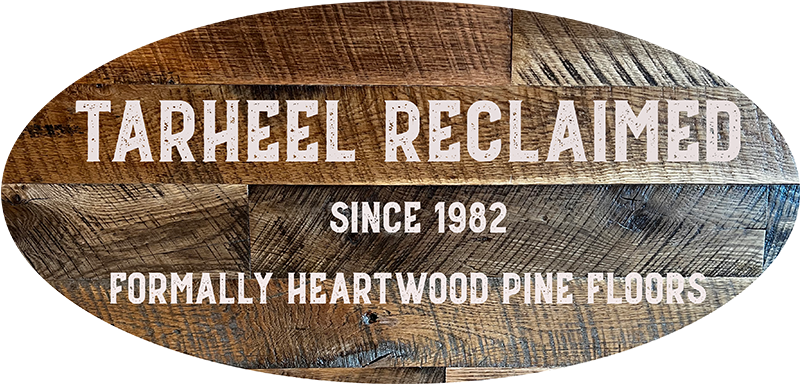If you live in an older home on the East Coast of the United States, you might be wondering whether those beautiful exposed beams overhead are original. Could they really be hand-hewn? Or were they added later to give the space a more rustic look?
Here is a guide to historic wood beams in the East Coast States. They tell a story. A real, physical connection to the past. But how can you tell if they’re actually original, hand-cut by someone centuries ago? Here's a simple guide to help you figure it out.
1. Look for Tool Marks
This is usually the clearest sign. Instead of using a sawmill, the original hand-hewn beams were shaped using an axe or adze. If you look closely at the surface, you’ll often see uneven marks that run along the length of the beam. They’re a little random, not uniform like saw marks.
These marks can be subtle, especially if the beam has been sanded or painted over, but they’re still there. If the surface is too smooth and consistent, it may not be hand-hewn.
2. Check the Shape
Hand-hewn beams are rarely perfectly square. They tend to have irregular edges and sometimes even a slight twist. That’s because they were carved directly from logs by hand.
Modern decorative beams, even if made to look old, are usually milled and too perfect. If your beams are chunky, uneven, and have that raw character, you might be looking at the real thing.
3. Look at the Pegs and Joints
Homes with historic wood beams in the East Coast States often used wooden pegs instead of nails. These pegs were part of traditional timber framing. You might notice round pegs at the joints where beams meet. These were hammered into hand-cut holes to keep everything in place.
Also, check the way beams intersect. If there’s a lot of clever joinery like mortise and tenon joints, that’s another good sign of authentic craftsmanship from the past.
4. Consider the Wood Itself
In many East Coast homes, builders used what was available locally. Chestnut, oak, and pine were popular choices. Over time, these beams darken naturally. If your beam has deep, rich color and visible grain, it could be original.
Still, it’s good to know that reclaimed wood can also have this look, so consider this clue along with others.
5. Think About the Home’s Age and History
If your house was built before the 1850s, there's a decent chance that the beams are original and hand-hewn. That was the standard procedure back then. You can check old deeds, renovation records, or even talk to local historians who are familiar with historic wood beams in the East Coast States.
It’s also common for newer homes to use salvaged beams from old barns or buildings. These are still historic but may not have originally belonged to your home.
Final Thoughts
Recognizing historic wood beams in the East Coast States is part detective work, part appreciation. You don’t need to be an expert, just someone curious enough to look a little closer. And honestly, knowing that makes them even more special.
So next time you’re sipping coffee under your ceiling beams, take a closer look. You might just be living inside a story that started 200 years ago. And that’s something worth preserving.

